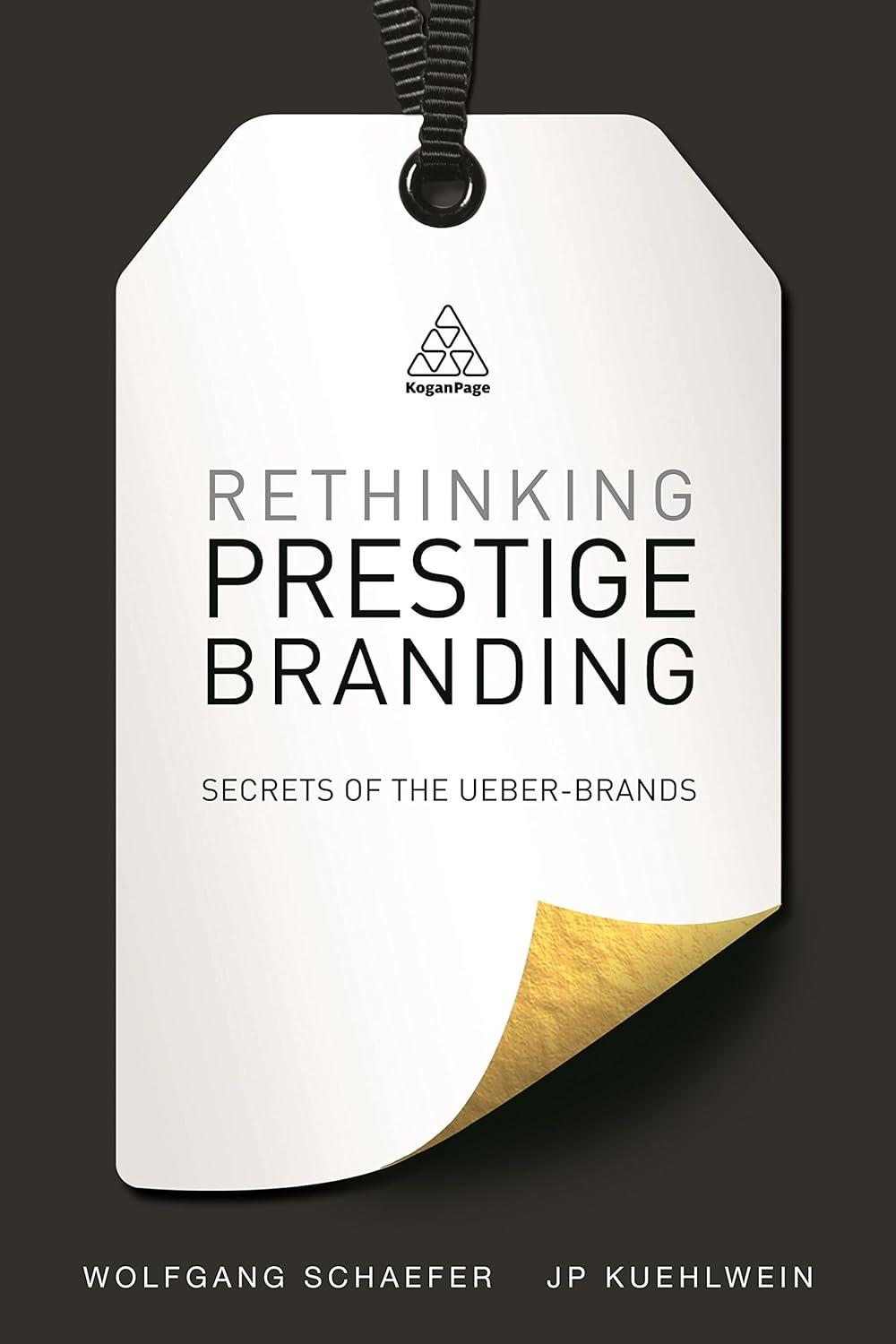Question
Case Example: Cafeteria Ordering System Background, Business Opportunity, and Customer Needs A majority of Process Impact employees presently spend an average of 60 minutes per
Case Example: Cafeteria Ordering System Background, Business Opportunity, and Customer Needs A majority of Process Impact employees presently spend an average of 60 minutes per day going to the cafeteria to select, purchase, and eat lunch. About 20 minutes of this time is spent walking to and from the cafeteria, selecting their meals, and paying for their meals by cash or credit card. When employees go out for lunch, they spend an average of 90 minutes off-site. Some employees phone the cafeteria in advance to order a meal to be ready for them to pick up. Employees don't always get the selections they want because the cafeteria runs out of certain items. The cafeteria wastes a significant quantity of food that is not purchased and must be thrown away. These same issues apply to breakfast and supper, although far fewer employees use the cafeteria for those meals than for lunch. Many employees have requested a system that would permit a cafeteria user to order meals on-line, to be delivered to a designated company location at a specified time and date. Such a system would save those employees who use the service considerable time and it would increase the chance of them getting the food items they prefer. This would improve both their quality of work life and their productivity. Knowing what food items customers want in advance would reduce wastage in the cafeteria and would improve the efficiency of cafeteria staff. The future ability for employees to order meals for delivery from local restaurants would make a wider range of choices available to employees and provides the possibility of cost savings through volume purchase agreements with the restaurants. It might also permit Process Impact to have the cafeteria handle only individual lunches, relying on restaurants to fill orders for breakfasts, dinners, special events, and weekend meals.
1. What would be a Requirement Change Form for this project?
2. What would be specified header information? Example: (project information, submitter and other contact data, dates, etc.).
3. What would be the defined change description information needed? Collect business need (not solution) data, and categorize the change as new or some modification to an existing requirement.
4. What information is needed for analysis, such as the expected value of the change, the magnitude of the change (define categories of impact and cost), consequences expected if the change is or is not approved, possible alternatives to the change, work supporting the change and analysis already completed, or other data.
Step by Step Solution
There are 3 Steps involved in it
Step: 1

Get Instant Access to Expert-Tailored Solutions
See step-by-step solutions with expert insights and AI powered tools for academic success
Step: 2

Step: 3

Ace Your Homework with AI
Get the answers you need in no time with our AI-driven, step-by-step assistance
Get Started


